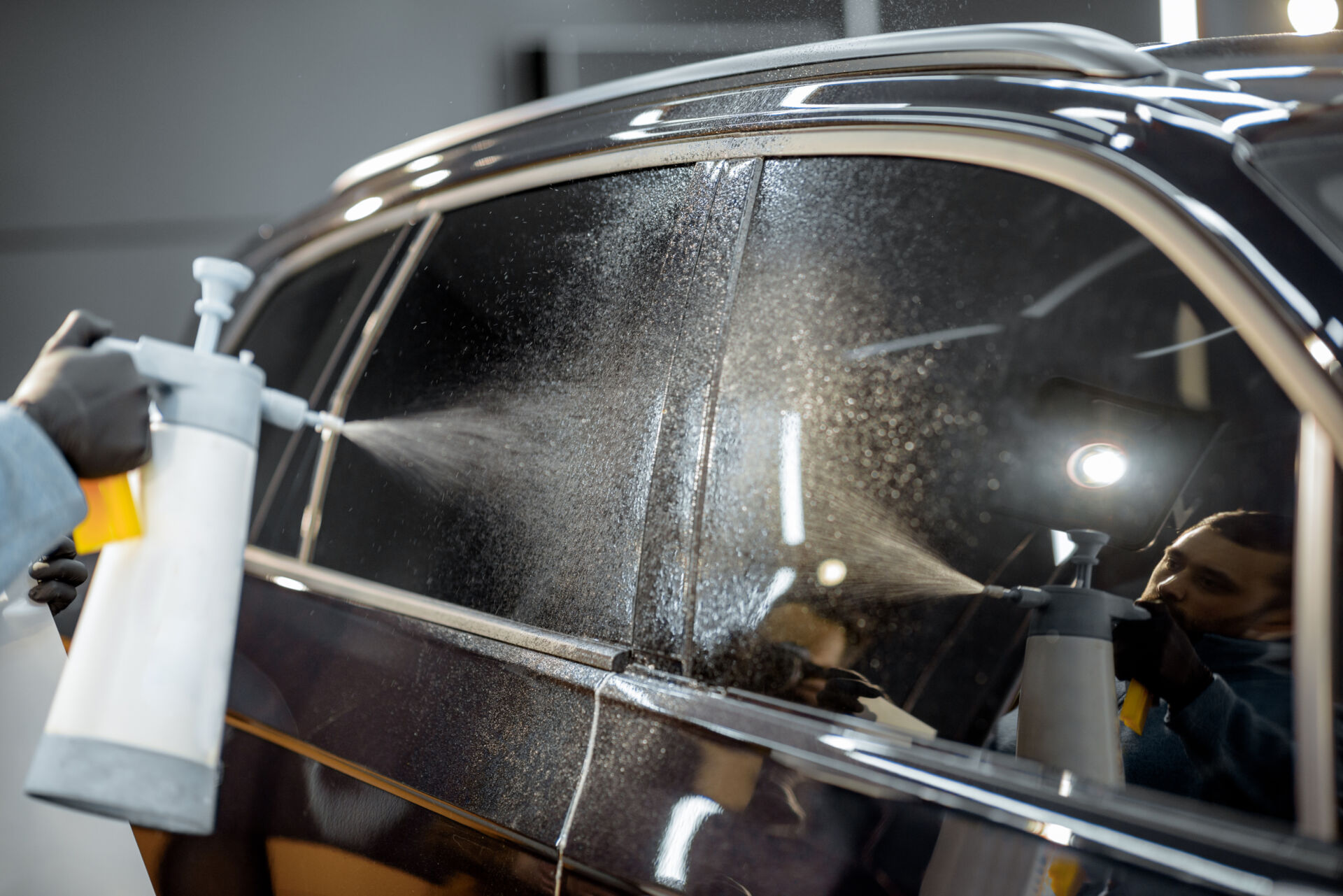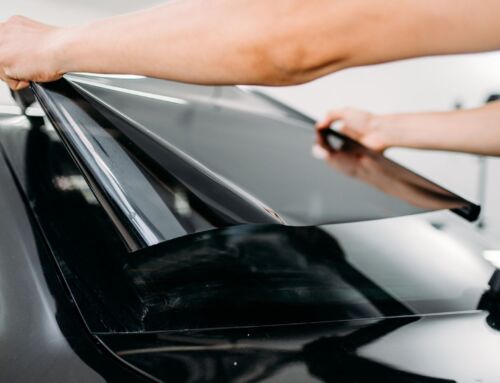If you are looking to tint your windows but don’t want to spend a fortune on store-bought window tint solution, then making your own can be a cost-effective and rewarding option. By creating your own window tint solution, you have the flexibility to customize the solution according to your specific needs.
In this article, we will guide you through the process of making your own window tint solution, step by step.
Step-by-Step Guide: Making Your Own Window Tint Solution
Materials Needed:
To prepare your own window tint solution, you will need the following materials:
- Spray Bottle
- Clean Water
- Baby Shampoo
Mixing Ratio:
- Start by mixing 1 teaspoon of baby shampoo into 1 quart of water in a spray bottle.
- Once the baby shampoo and water are mixed, give the solution a good shake to ensure that the ingredients are well blended.
- The spray solution is now ready for the next step, which is the application of the tint film.
Practical Tips for Using Window Tint Solution
Achieving a good tint job requires precision and attention to detail. Here are some practical tips for using window tint solution effectively:
How to Use the Spray Bottle Effectively
When using the spray bottle, it is important to adjust the nozzle to a fine mist setting to achieve an even distribution of the tint solution. Hold the spray bottle at a distance from the window to avoid oversaturating the surface with excess solution. Using a sweeping motion, spray the tint solution onto the window, ensuring that the entire surface is covered. Regularly refill the spray bottle to maintain a steady stream of solution, allowing for uninterrupted progress during the tinting process.
Ensuring Film Positioning During Installation
Proper positioning of the tint film is crucial for achieving a seamless tint job. Start by positioning the film at the top corners of the window, aligning it carefully with the inside or outside of the window frame, depending on your preference. Slowly work the film down, smoothing out any air bubbles or wrinkles along the way. Using a squeegee, gently press the film against the glass to ensure secure adhesion. Continue working methodically from one edge of the glass to the other, maintaining an even and uniform positioning of the tint film.
Preventing Film From Sticking To Itself
To prevent the tint film from sticking to itself during installation, it is important to use a spray solution to keep the film moist. Additionally, applying a small amount of dish soap or baby shampoo to both sides of the film can help reduce the risk of sticking. When handling the film, try to minimize folding or creasing, as this can make it more prone to sticking together. If the film does stick to itself, a razor blade can be used to carefully separate the layers, taking caution not to damage the film or the window.
Safety Measures When Making and Using Window Tint Solution
When making and using window tint solution, it is important to prioritize safety and take the necessary precautions to ensure a safe tinting process. Here are some safety measures to follow:
Handling Baby Shampoo
When handling baby shampoo, it is important to dilute it with water to create a milder solution. This helps to avoid excess suds, as using too much shampoo can leave residues on the window surface. Gently mix the shampoo and water to ensure a consistent solution, and store the solution in a sealed container to maintain its quality. Avoid contact with eyes, and if any irritation occurs, rinse thoroughly with water. Keep the solution out of reach of children and pets, as the shampoo may be harmful if ingested.
Spray Bottle Usage Safety
When using a spray bottle for the window tint solution, it is important to choose a high-quality bottle to avoid leaks and ensure proper functioning of the nozzle. Before each use, test the spray bottle to ensure that it is working correctly. Keep the spray bottle away from open flames or heat sources, as the solution may be flammable. Store the spray bottle out of the reach of children, and clean it regularly to prevent clogging of the spray mechanism. Following these safety precautions will help prevent accidents and ensure a smooth tinting process.
Maintaining the Quality of Your Homemade Window Tint Solution
Maintaining the quality of your homemade window tint solution is essential to achieving optimal tinting results. Here are some tips to help you maintain the quality of your tint solution:
Storage Suggestions
To ensure the longevity of your window tint solution, proper storage is crucial. Seal the storage container tightly to prevent evaporation of the solution. Store the solution away from heat sources, such as direct sunlight or heaters, which can affect its efficacy. Using a labeled container will allow you to easily identify the solution, especially if you have multiple tint solutions for different purposes. Keep the solution out of reach of pets and children to prevent any accidental ingestion. Additionally, regularly check the expiration date of the ingredients used, and discard any tint solution that has expired or changed in color or odor.
When To Make A Fresh Batch
It is important to know when to make a fresh batch of window tint solution to ensure its effectiveness. If the solution starts to change in color or odor, it may indicate that the ingredients have deteriorated, and it is time to prepare a new batch. Additionally, if the tint solution loses its adhesive properties or does not provide the desired tinting effects, it is a sign that the solution needs to be replaced. Keeping a record of when the batch was made can help you track its shelf life and determine when it’s time to create a fresh batch of window tint solution.
DIY Window Tint Solution vs. Store-Bought Solutions
One common question that often arises is whether DIY window tint solution works as effectively as store-bought options. The answer depends on various factors, such as the quality of the ingredients used and the expertise of the installer. DIY window tint solution can be as effective as store-bought versions, given that the solution is prepared correctly and applied properly. However, it is important to note that store-bought tint solutions are specially formulated to achieve optimal results, and they may contain additional features, such as scratch-resistant coatings, that DIY solutions may not offer. Regular testing and comparison of different tinting options can help determine the best solution for your specific needs.
Making Window Tint Solution
In conclusion, creating your own window tint solution can be a cost-effective and rewarding DIY project. By understanding the purpose and key components of the solution, following the step-by-step guide, and implementing practical tips, you can achieve professional-looking results. Remember to prioritize safety measures during preparation and application. Proper maintenance and storage will ensure the longevity and efficacy of your homemade solution.



